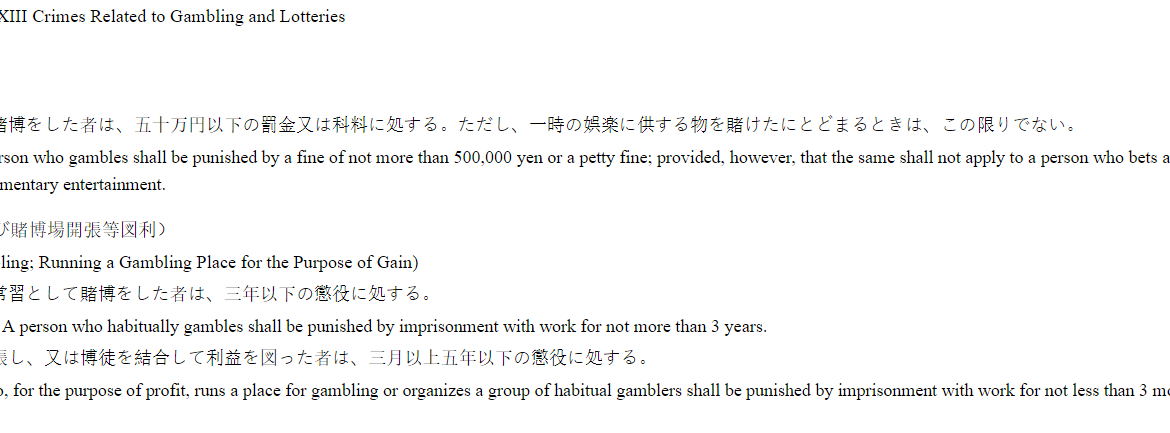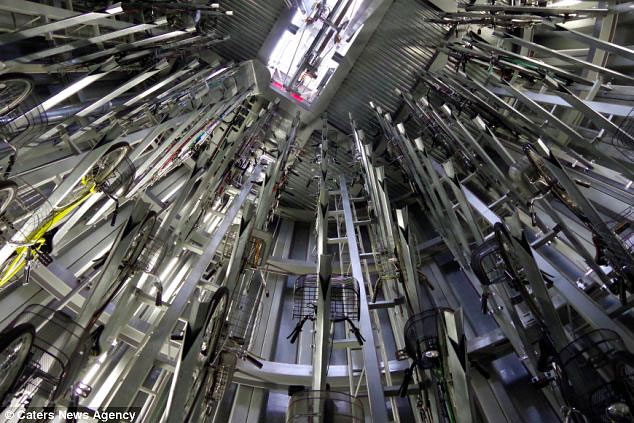Tourism in Japan is at an all-time high. In 2016 over 24 million people were attracted to the Land of the Rising Sun from all over the world. In fact, the huge cultural differences that are found in the country, especially in relation to the Western world, are a large part of the appeal that attracts visitors.
One of the biggest draw for tourists is an incredible mix of the modern and the traditional and the natural and the man-made, not to mention the sort of culture shock that so befuddled Bill Murray’s character in Sofia Coppola’s “Lost In Translation”.
For example, there’s the sensory overload of Tokyo with its flashing neon lights, seemingly incomprehensible street network and frantic pace of life. But then there’s the extreme contrast of the city’s Imperial Palace, which is still largely occupied. Here, you’re free to stroll through its serene gardens and grab a photo opportunity on the iconic Nijubashi Bridge.
Another one of Japan’s most popular tourist destinations is the 3,776 metre high Mount Fuji. It’s climbed by over a million people each summer. Their reward? A stunning view of the relatively flat landscape that surrounds it. Skiing enthusiasts also claim that many resorts on the island country offer runs and snow conditions that are as good as any in the world – especially around Sapporo, the location for the 1972 winter Olympics on the northern island of Hokkaido. Or, if you’re planning to visit in the spring then the cherry orchards of Kyoto simply have to be seen to be believed as the coming of the blossom heralds the end of a long cold winter.
Pachinko: Japan’s national obsession
But for all the sites to see, the exotic foods to enjoy and experiences to savour, there’s one element of Japanese culture that it’s essential to enjoy – a visit to a pachinko parlour. Why? Because it’s more than just a national interest – it’s a positive national obsession.
Admittedly, it’s not as popular as in its heyday in the 1990s, when pachinko had a higher turnover than the car industry. Pachinko employed over 300,000 people, represented 40% of Japan’s leisure industry and attracted 30 million players spending more than ¥30 trillion a year – staggering by anyone’s standards.
Today it’s estimated that around 10 million play regularly and it still raises more money than the entire revenue of Las Vegas for the largely Korean owners of the ubiquitous pachinko parlours.
In the unlikely event that you’ve never come across pachinko before, perhaps a quick description of the game and its history is in order. Its origins were in the 1920s when the first models were built as children’s toys called the “Corinth Game”. This was a form of bagatelle in which ball bearings were fired onto a board in the hope that they would land in winning areas of the playing surface.
A cross between a slot machine and a pinball table, pachinko is not technically considered gambling because it produces tokens rather than cash as a jackpot. These tokens can be exchanged for sweets and gifts – side-stepping Japan’s strict gambling laws.
The machine and games gradually became more sophisticated and the first commercial parlour opened in Nagoya in 1948. Today there are over 10,500 all over Japan, even in the most remote areas.
Similarities with modern slot games

Today’s electronic pachinko machines are more like a combination of a vertical pinball machine and a slots game. Players buy a number of balls to play with and any which are caught in the various traps on the machine are taken as winnings.
A great deal of the appeal of playing is the sheer excitement of the parlours themselves. With row upon row of different kinds of machine they’re bright noisy places that are buzzing with energy. The high tempo electronic music that plays out when a jackpot’s on the cards only adds to the crazy excitement.
One of the more recent advances to hit the world of pachinko has been the addition of the electronic slots element. When this part of the game is triggered a series of numbers are randomly generated and, depending on what they are, a different level of jackpot is won.
This element to the game has drawn comparisons with the slot games enjoyed across the rest of the world. Given its love of pachinko, slot games would no doubt go down well in Japan – especially online versions, which are more engaging and immersive than ever before, and fill almost every niche imaginable.
While pachinko and slot games share many commonalities in terms of their look and feel – players’ winning strategies are also strikingly similar. In slots, it’s all about choosing the right games and staying within your budget. This comprehensive guide will show you exactly how to win at slot machines.
However, there’s one big reason slots are a non-starter in Japan. They’re illegal – for now at least.
Gambling and the law – change on the horizon?

This ruling was established in 1948 when the post-war Criminal Code was created. This was wide-ranging document covering every area of criminal law and divided into various books. If you consult Book 2, Chapter 23 you will find the information that virtually all national gambling activities not overseen by the government or local authority are totally forbidden, as is the setting up lotteries, casinos or any other games of chance. Here’s the actual text:

Perhaps this is what you’d expect from a culturally conservative country and it certainly eliminates the chance of being able to play slots in a Las Vegas-style entertainment complex – although this may soon change.
But there is a good chance that Japan will soon be seeing a great liberalisation of the law when it comes to casinos. A bill passed in July 2018 has paved the way for the building of three developments that should be ready for business by around 2025.
This may fly in the face of public opinion, with around 66% of the adult population opposed to the slackening of gambling law – but the economic arguments are hard to argue with. One only has to look the Macau – China’s gambling Mecca – for evidence of how prosperous Japan could be by opening its doors to gambling tourists and locals alike. In 2017, 329,000 Japanese citizens went to Macau to gamble, spending around $70 million.
The Daiwa Institute of Research estimates it could be worth nearly $9 billion during the construction phase, and as further $2 billion per year when the casinos are up and running. What’s more, the global revenue from online gaming was projected to reach almost almost $52 billion in 2018 – adding further weight to the economic arguments.
Summary
Legalising gambling would boost Japan’s tourism industry even further as it would create yet another draw in a country that’s already rich in attractions – plus, the new casinos are almost certain to incorporate at least a few pachinko machines. Whether Japan’s government decides to open its door further to gambling remains to be seen, but given the country’s obsession with pachinko and the draw for tourists worldwide – it could be the right time to take the leap and reap the benefits.


